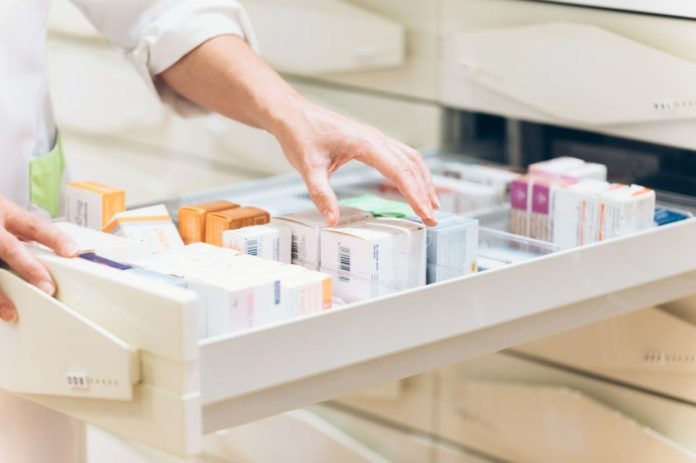A new study from Scripps Research found that a class of drugs used to treat tapeworms inspired a compound effective against COVID-19.
The compound, known as salicylanilide, was developed in the laboratory of Professor Kim Janda, PhD, the Ely R. Callaway, Jr. Professor of Chemistry and director of Scripps Research’s Worm Institute for Research and Medicine in La Jolla, California.
- Brief Anger Hampers Blood Vessel Function Leading to Increased Risk of Heart Disease and Stroke – New Study
- New Blood Test Pinpoints Future Stroke Risk – Study Identifies Inflammatory Molecules as Key Biomarker
- Enceladus: A Potential Haven for Extraterrestrial Life in its Hidden Ocean Depths
- New Experiment: Dark Matter Is Not As ‘DARK’ As All We Think
- Scientists in Fear of This New Predator From Red Sea Eating Native Species in Mediterranean
Salicylanilides have been known to be effective against certain viruses for 10 or 15 years. However, they are gut-restricted and can cause toxicity.
Salicylanilides were discovered in Germany in the 1950s and were initially used to treat cattle worm infections. Today, tapeworms are treated in animals and humans with variants that include the drug niclosamide. Additionally, they have been investigated for their anti-cancer and antimicrobial properties.
The new modified salicylanilide compound that the team created was one of about 60 that they built years ago for another project.
When the Covid-19 became a global pandemic in early 2020, they began screening their old collection, initially in cells with collaborators from Sorrento Therapeutics and The University of Texas Medical Branch, and then in rodents with Scripps Research immunologist John Teijaro, PhD.
One particular compound stood out. It is simply referred to as “No. 11” and differs significantly from commercial tapeworm medications in several ways, including its ability to cross the gut and be absorbed into the bloodstream – and without the associated toxicity.
Salicylanilide 11 passed into the bloodstream at a rate of approximately 80%, compared to about 10% for the antiparasitic drug niclosamide, which has recently entered clinical trials as a COVID-19 treatment, according to the study author.
The experiments demonstrated that of the many new modified salicylanilides they had synthesised in their laboratory, No. 11 had a dual effect on pandemic coronavirus infections.
To begin, it harmed the virus’s ability to deposit its genetic material into infected cells, a process known as endocytosis. Endocytosis requires the virus to envelop viral genes in a lipid-based envelope. The packet enters and dissolves within the infected cell, allowing the virus’s protein-building machinery to read it and churn out new viral copies. No. 11 appears to be preventing the packet from disintegrating.
The antiviral mechanism of the compound is critical. It prevents the viral material from exiting the endosome, where it is degraded. This process does not allow for the rapid production of new viral particles.
Notably, because it acts within cells rather than on viral spikes, it eliminates concerns about whether it would work in new variants such as Delta and Lambda.
- Brief Anger Hampers Blood Vessel Function Leading to Increased Risk of Heart Disease and Stroke – New Study
- New Blood Test Pinpoints Future Stroke Risk – Study Identifies Inflammatory Molecules as Key Biomarker
- Enceladus: A Potential Haven for Extraterrestrial Life in its Hidden Ocean Depths
- New Experiment: Dark Matter Is Not As ‘DARK’ As All We Think
- Scientists in Fear of This New Predator From Red Sea Eating Native Species in Mediterranean
Additionally, according to the researcher, No. 11 helped quell potentially toxic inflammation in the research animals, which may be beneficial for treating acute respiratory distress associated with life-threatening COVID infections. It decreased interleukin 6, a signalling protein that plays a critical role in the inflammation seen in advanced stages of COVID-19.
Improved COVID-19 medications are urgently needed, as highly infectious new variants continue to cause global outbreaks of illness and death. However, the study author asserts that salicylanilide No. 11 was developed prior to the pandemic.
